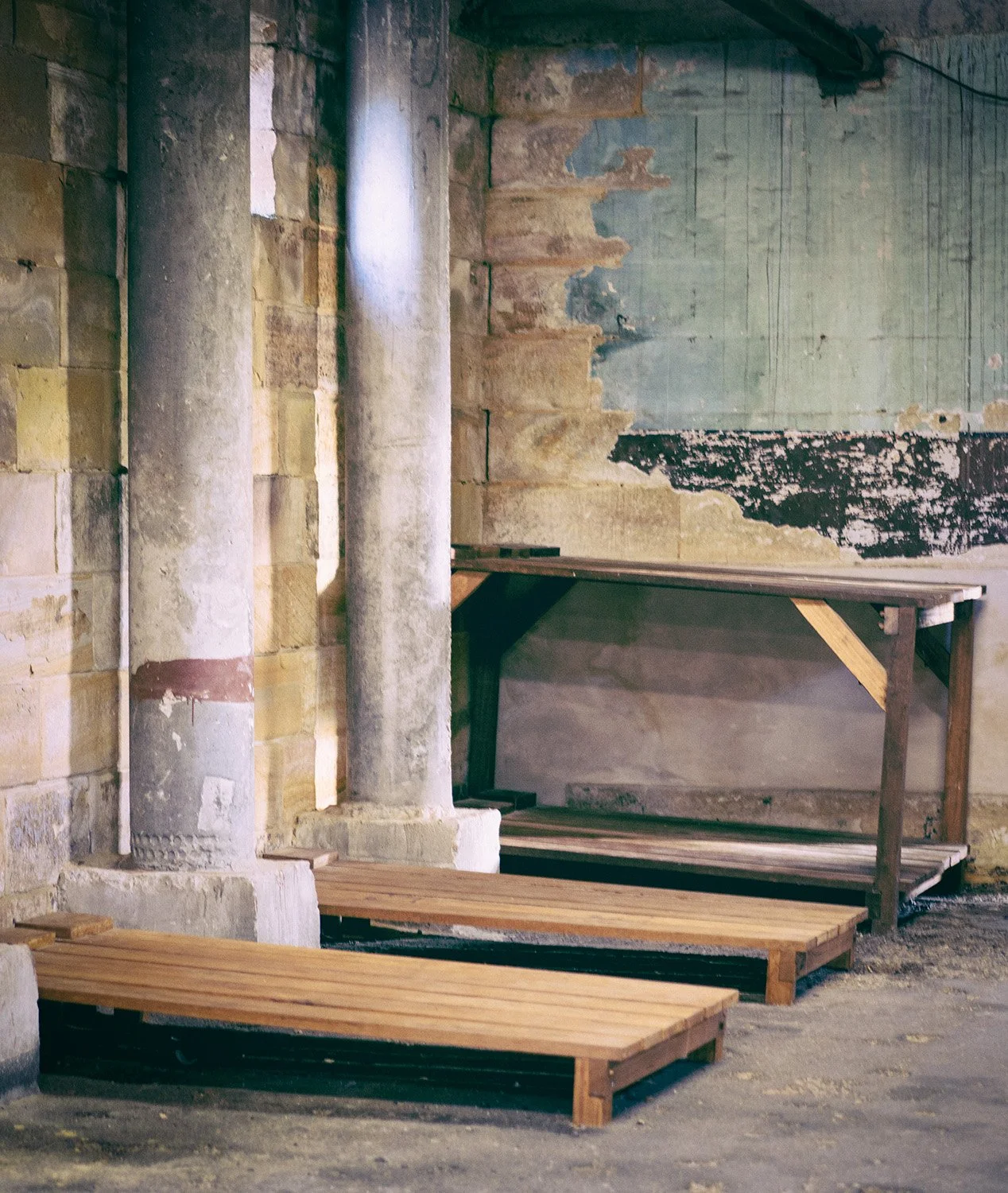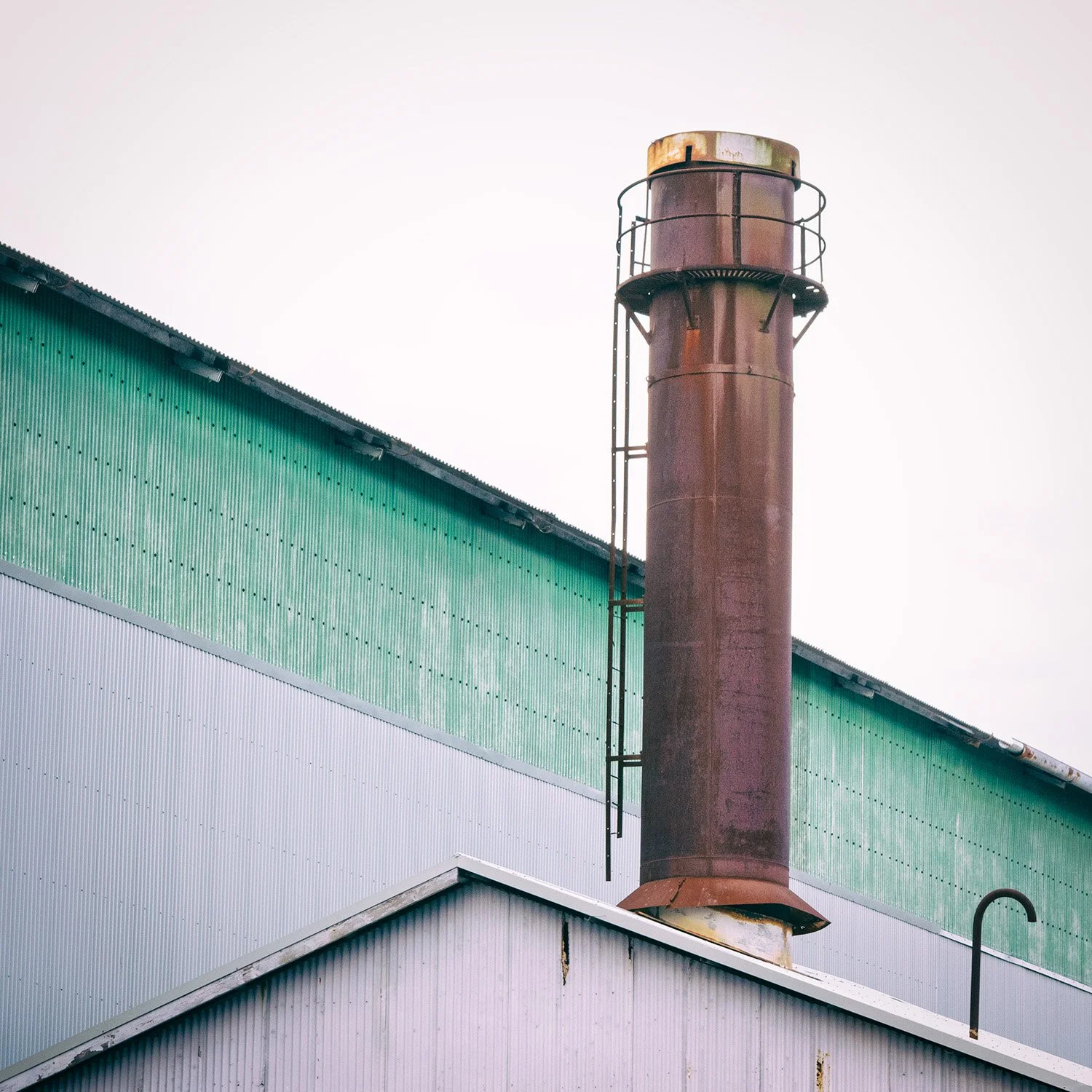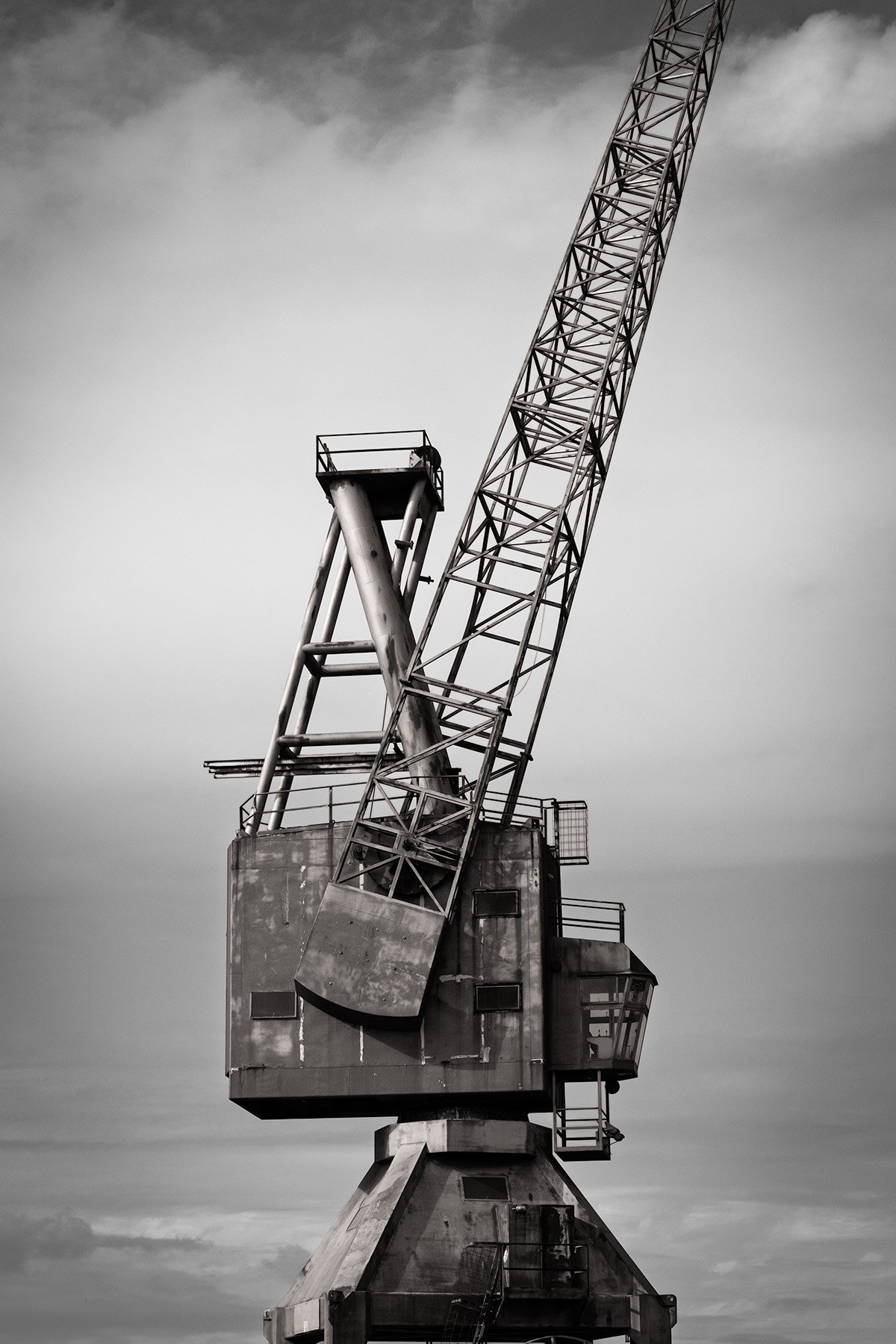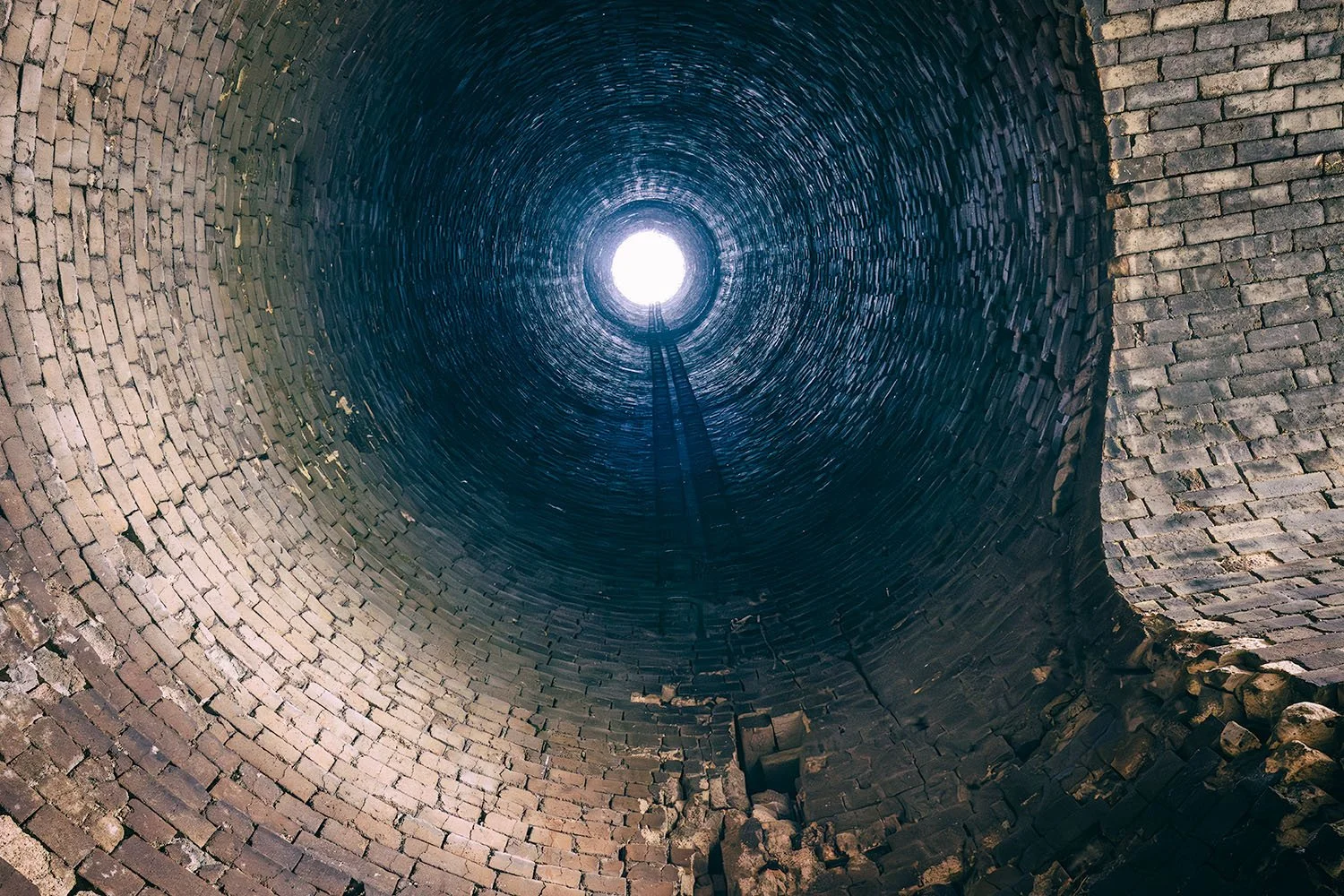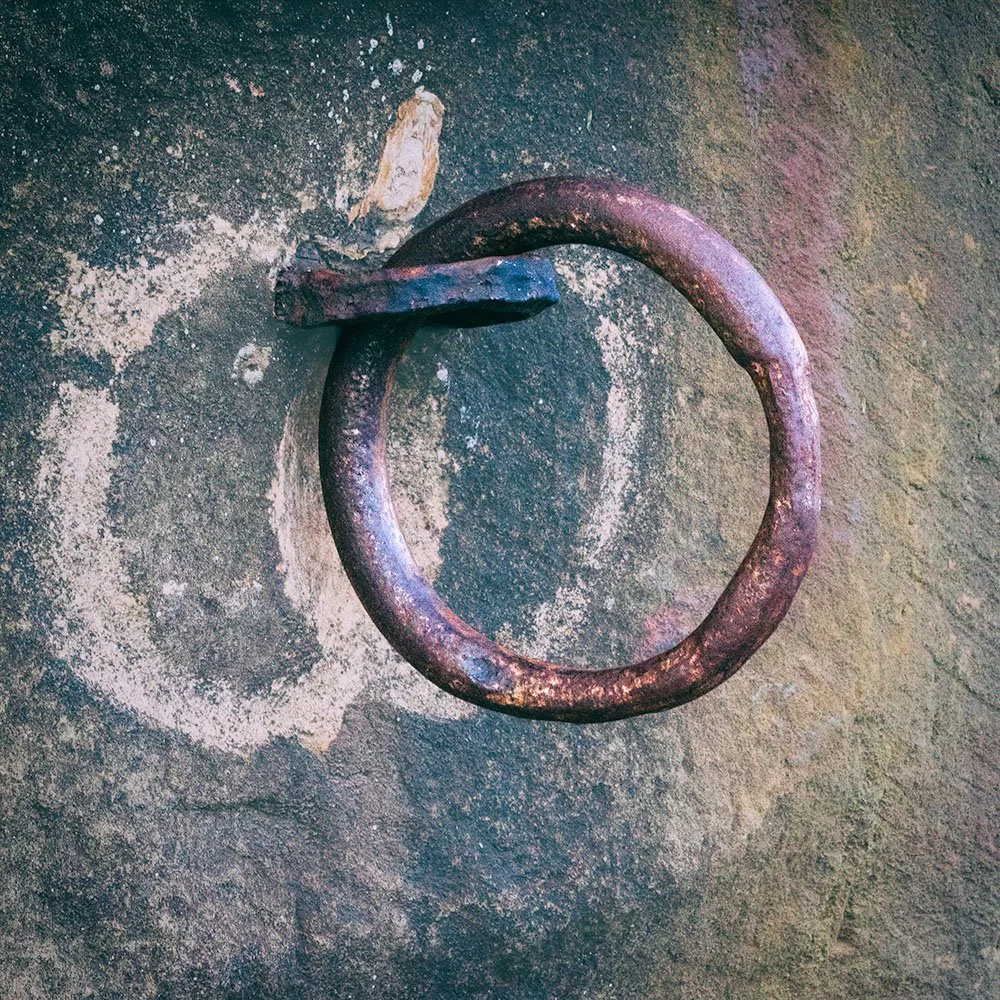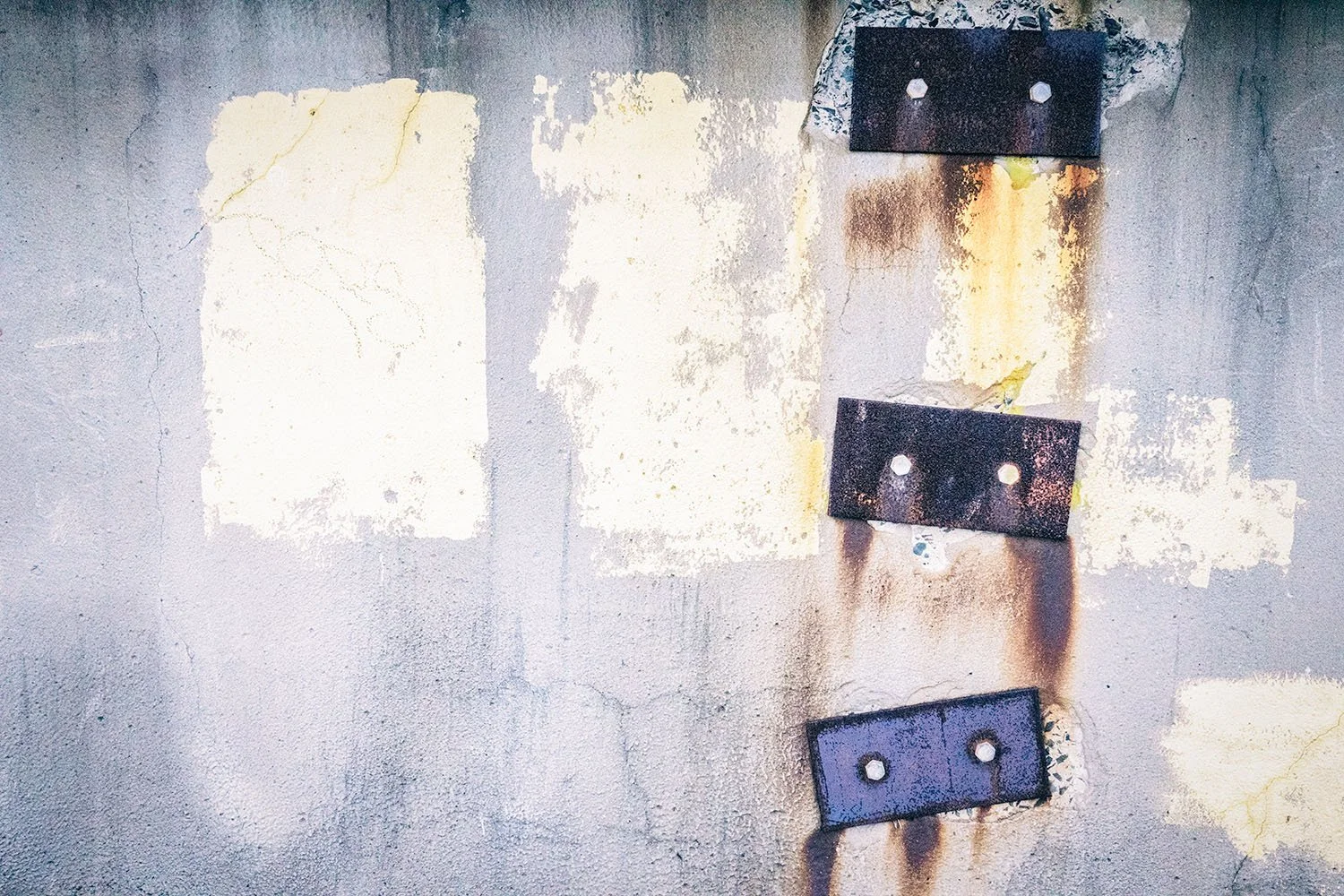Cockatoo Island: A Photographer’s Look at a Layered Past
Cockatoo Island in Sydney Harbour is rich with history. For the minimalist photographer, it’s a place where the past reveals itself through small, weathered details—rusted metal, chiselled sandstone, and worn timber beams. From old prisons to shipyards, the island offers countless opportunities to explore how history lingers in the quietest corners. Of course, there are the big items too if that’s your thing.
Aboriginal Connection to the Island
Long before Cockatoo Island became a site of confinement or industry, it was known as Wareamah by Sydney’s First Nations Peoples. While there’s limited archaeological evidence of permanent settlement, the island and its waters were part of traditional movement, fishing, and spiritual life. The sandstone outcrops and tidal flows likely served as seasonal gathering points, fishing grounds, and places of ceremony.
The lack of visible Aboriginal structures today doesn’t mean the history isn’t there. Instead, it asks us to connect with a more subtle, less tangible form of presence. As a photographer, this invites creation of imagery through imagination. What twisted tree or rock formation might I have seen here 300 years ago? How did they influence the Indigenous affinity with the land at the time, or how I see the island today?
Convict Era
In 1839, the British colonial administration established a penal settlement on Cockatoo Island. It was chosen for its isolation and proximity to Sydney. Convicts were made to build their own prison, carving sandstone from the island to construct barracks, guardhouses, and silos. It was a place of hard labour, where the environment itself became part of the punishment.
The penal settlement closed in 1869, though it reopened briefly in 1888 to ease overcrowding in Darlinghurst Gaol on the mainland.
This rather substantial door (with apparently new padlock) in the convict precinct of Cockatoo Island is a sure indicator that life as a convict was not meant to be free and easy.
The convict sleeping quarters on Cockatoo Island were significantly over-crowded, putrid and a breeding place for pests and disease. In this image the replica low sleeping platforms have three wooden “pillows” with an allocated 45 cm between each convict.
Today, the sandstone walls, narrow passageways, and rusted fittings are physical remnants of this past. While not as extensive as Tasmania’s Port Arthur, Cockatoo Island offers a unique variety of stories and subjects. In hindsight, I should have read more before visiting the island to deepen my connection to the site.
In 2010, the convict precinct was added to the UNESCO World Heritage list as part of the Australian Convict Sites, a group of 11 locations across the country.
Girls, Boys, and Reform
In the 1870s, Cockatoo Island changed roles again. It became home to the Biloela Industrial School for Girls and the Biloela Reformatory. Later, boys were housed on two ships anchored nearby—the Vernon and its replacement the Sobraon.
Many of the girls were not criminals but impoverished, orphaned, or neglected—some as young as ten. Under the label of "moral reform," they worked in laundries and were trained in domestic service, often in harsh conditions.
The boys, by contrast, had better facilities. Their residence ships were relatively well equipped, and the training was practical—focused on seamanship and apprenticeships. The Sobraon ceased operation in 1911.
Little remains of this era physically. But sometimes, the most powerful images are from the stories you read rather than the ones you photograph.
Shipbuilding and Industry
As the penal phase ended in the late 1800s, Cockatoo Island was transformed into a major government dockyard. It became a hub for shipbuilding and repair, active from the colonial period through both World Wars and into the late 20th century.
A corroded chimney rises above one of the buildings within the Cockatoo Island machine shed complex.The scope of manufacture and repair of turbines and other machinery was not confined to ships. For example, the island engineering team undertook repair of power station turbines, with sets up to 660 MW in capacity.
One of several disused cranes which operated as part of the maritime industry.The original image was converted to black and white. The crane was then selected and given a soft sepia tone to help separate it from the sky and give a slight three dimensional feel.
The Fitzroy Dock, built by convicts between 1847 and 1857, was Australia’s first dry dock, cut directly into sandstone using hand tools. It was followed by the larger Sutherland Dock and an array of workshops, cranes, and support buildings—together, a remarkable feat of engineering. Cockatoo Island was home to the construction of Australia's first steel warship, HMAS Heron as well as the Empress of Australia, the largest passenger ferry in the world at the time. Massive vessels like the Queen Elizabeth 2 were serviced there during refit. The shipyard handled everything from small naval patrol boats to submarines, large commercial tankers and passenger liners.
Much of the island’s industrial era remains visible, but the signs are modest: a rusted valve, a stencilled door, a corroded gauge. Many buildings are closed to the public except on special open days or as venues for hire, and most original equipment has been removed. So the photographic challenge becomes one of reading exteriors—looking for traces of work, time, and wear.
For me, the old powerhouse is the place I most want to photograph from the inside. Shadowed by a tall brick chimney, it has been partly restored. Public access may come in future years.
The Cockatoo Island power station chimney is a notable feature of Sydney Harbour's skyline and is recognised for its architectural and industrial heritage significance. Built in 1918, it stands 54 m tall with walls three bricks deep.
Small reminders of the industrial past can be found around the island,, such as this anchor ring fixed into a sandstone rock wall. What caught my eye in this image were the impressions in the lichen which I assume were formed by the ring hitting against the sandstone. To help elevate the ring, the background was slightly softened, lightened, and reduced in contrast.
Rusted bracing on the old coal bunker concrete wall juxtaposed with horizontal blotches of pale yellow form a rather abstract work of art.
Mooring posts of various types and ages can be found dotted around Cockatoo Island.
Today, the south side of Cockatoo Island has a number of modern jetties suitable for small boats.
From Industry to Art
After the dockyard closed in 1992, the island sat in limbo. In the early 2000s, it was taken over by the Sydney Harbour Federation Trust and gradually opened to the public. Since then, it has hosted art exhibitions, heritage tours, and overnight stays—recasting itself as a cultural and historic destination.
Conclusion
Cockatoo Island is a place where history hasn’t been erased, but worn into the surface and structures. Its big stories—colonisation, incarceration, industry, and reinvention—aren’t just found in plaques or grand buildings. They also live in the quieter details: rusted bolts, worn steps, faded markings.
These traces resist the urge to simplify the past. Instead, they ask for attention. They reward observation. And that’s what I came to photograph.


